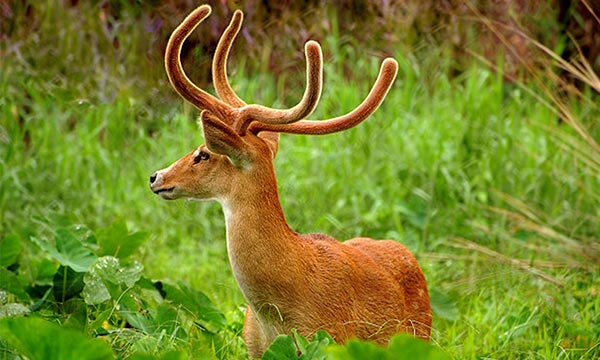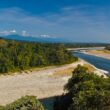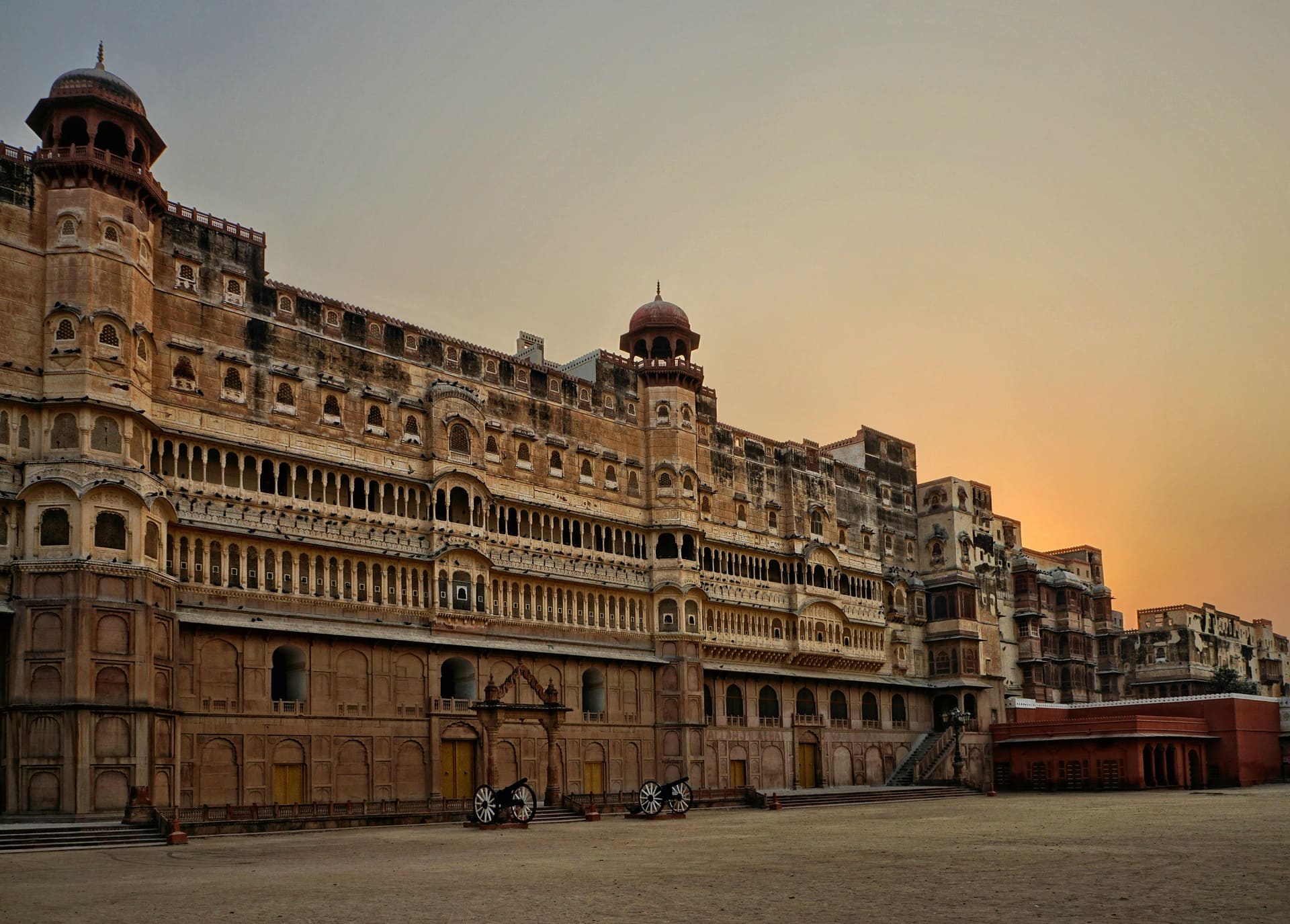Nestled in the picturesque landscapes of Arunachal Pradesh, the Dibang Wildlife Sanctuary is a hidden gem awaiting discovery. Spread over a vast expanse of lush greenery, this sanctuary is a haven for nature enthusiasts and wildlife lovers alike. In this article, we will embark on a virtual journey through the Dibang Wildlife Sanctuary, uncovering its unique features, diverse flora and fauna, and the conservation efforts undertaken to preserve this ecological marvel.
Table of Contents
- Discovering the Dibang Wildlife Sanctuary
- Flora: A Tapestry of Green
- Fauna: A Haven for Wildlife
- Conservation Efforts: Protecting the Sanctuary’s Ecosystem
- Exploring the Sanctuary: Trekking and Adventure
- Local Communities and Indigenous Culture
- Sustainable Tourism: Experiencing the Sanctuary Responsibly
- Conclusion
- FAQs
1. Discovering the Dibang Wildlife Sanctuary
Nestled in the Eastern Himalayas, the Dibang Wildlife Sanctuary is located in the Dibang Valley district of Arunachal Pradesh, India. With an area of approximately 4,149 square kilometers, it is one of the largest wildlife sanctuaries in the country. The sanctuary is named after the Dibang River, which flows through its heart, adding to the enchanting beauty of the landscape.
2. Flora: A Tapestry of Green
The Dibang Wildlife Sanctuary boasts a rich and diverse range of flora. As we delve into its depths, we encounter dense forests carpeted with a myriad of plant species. Majestic trees such as oak, pine, bamboo, and rhododendron dominate the landscape, providing a sanctuary for a plethora of wildlife. The sanctuary is also home to several medicinal plants, contributing to the region’s traditional healing practices.
3. Fauna: A Haven for Wildlife
The sanctuary’s dense forests and varied terrain provide a sanctuary for a wide array of wildlife species. Visitors may be fortunate enough to spot elusive creatures such as the clouded leopard, snow leopard, musk deer, and the iconic red panda. The Dibang Wildlife Sanctuary is also home to various bird species, including the rare and endangered Sclater’s monal and Blyth’s tragopan. For wildlife enthusiasts and photographers, the sanctuary offers an unrivaled opportunity to witness these magnificent creatures in their natural habitat.
4. Conservation Efforts: Protecting the Sanctuary’s Ecosystem
Recognizing the ecological importance of the Dibang Wildlife Sanctuary, concerted efforts have been made to preserve its delicate ecosystem. The Arunachal Pradesh Forest Department, in collaboration with local communities and environmental organizations, has implemented conservation initiatives to safeguard the sanctuary’s biodiversity. These efforts include anti-poaching measures, habitat restoration, and raising awareness about the importance of sustainable practices among locals and visitors alike.
5. Exploring the Sanctuary: Trekking and Adventure
For those seeking adventure and a closer connection with nature, the Dibang Wildlife Sanctuary offers a plethora of trekking and hiking trails. As you traverse the rugged terrain, you will be rewarded with breathtaking views of snow-capped peaks, cascading waterfalls, and pristine valleys. The sanctuary also provides opportunities for camping, allowing visitors to immerse themselves in the serene ambiance of the wilderness.
6. Local Communities and Indigenous Culture
The Dibang Wildlife Sanctuary is not only a sanctuary for wildlife but also home to various indigenous communities. These communities have a deep-rooted connection with the land and its resources. Interacting with the locals provides a unique opportunity to learn about their traditional knowledge, folklore, and sustainable practices. Visitors can partake in cultural exchanges, witness traditional performances, and savor local cuisine, thereby fostering a greater appreciation for the region’s rich heritage.
7. Sustainable Tourism: Experiencing the Sanctuary Responsibly
As visitors, it is our responsibility to ensure that our presence does not harm the delicate ecosystem of the Dibang Wildlife Sanctuary. By practicing sustainable tourism, we can minimize our impact on the environment and contribute to its long-term preservation. This includes adhering to designated trails, respecting wildlife habitats, and supporting local initiatives that promote conservation and community empowerment.
8. Conclusion
The Dibang Wildlife Sanctuary is a natural treasure that offers an immersive experience in the lap of pristine wilderness. Its breathtaking landscapes, rich biodiversity, and vibrant indigenous culture make it a destination worth exploring. By appreciating and preserving this ecological marvel, we can ensure that future generations can continue to revel in its splendor.
Similar Articles
FAQs
1. How can I reach the Dibang Wildlife Sanctuary?
To reach the sanctuary, you can fly to Dibrugarh Airport in Assam and then travel by road to the sanctuary, which is approximately 200 kilometers away.
2. Are there accommodation options near the sanctuary?
Yes, there are several accommodation options available, including forest rest houses and guesthouses in nearby towns and villages.
3. Can I spot the red panda in the sanctuary?
Yes, the Dibang Wildlife Sanctuary is one of the few places where you can spot the elusive and adorable red panda in its natural habitat.
4. Are there any restrictions on photography in the sanctuary?
Photography is allowed in the sanctuary, but it is important to respect the guidelines set by the forest department and avoid disturbing the wildlife.
5. Are there guided tours available in the sanctuary?
Yes, guided tours are available, and it is recommended to hire a local guide who has in-depth knowledge of the sanctuary’s flora, fauna, and trails.
In conclusion, the Dibang Wildlife Sanctuary beckons adventurers and nature lovers with its awe-inspiring beauty and rich biodiversity. By exploring this pristine wilderness responsibly, we can contribute to the conservation of this ecological gem for generations to come. So pack your bags, immerse yourself in the tranquility of the sanctuary, and embark on an unforgettable journey through nature’s wonderland.









